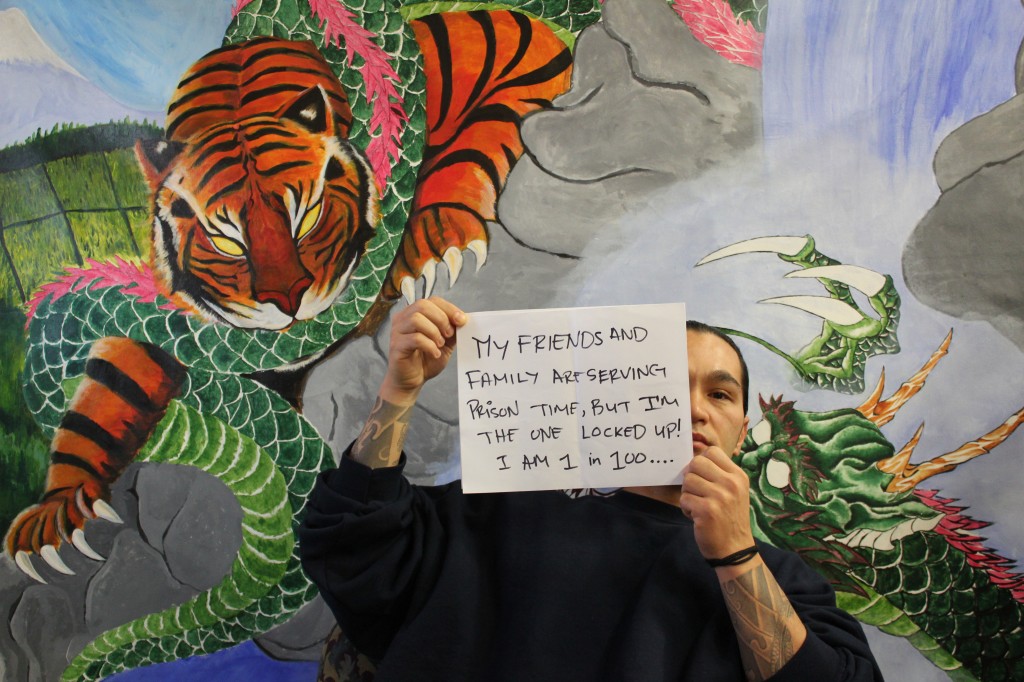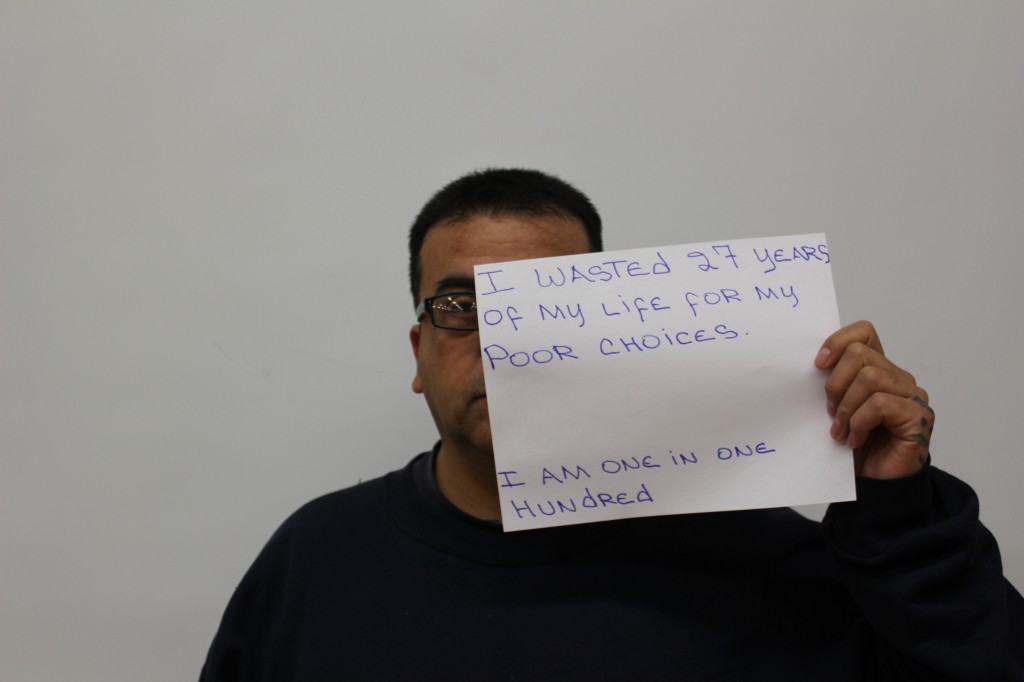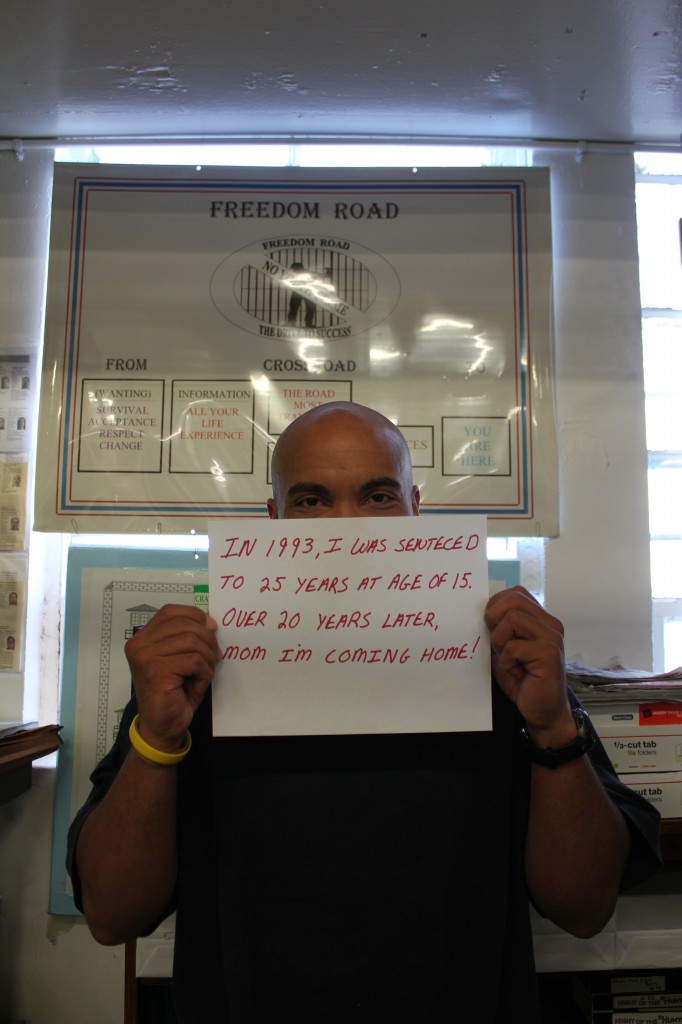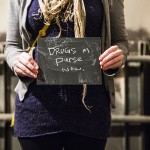 Another of the projects my Inside-Out students took on this term was to create beautiful hand-decorated holiday cards for children visiting the Oregon State Penitentiary to take home with them, personalize, and mail back to their fathers, uncles, and other loved ones. OSU (outside) student Lexie explains the rationale for these card packets:
Another of the projects my Inside-Out students took on this term was to create beautiful hand-decorated holiday cards for children visiting the Oregon State Penitentiary to take home with them, personalize, and mail back to their fathers, uncles, and other loved ones. OSU (outside) student Lexie explains the rationale for these card packets:
These packets were made by the Inside-out class of fall 2013. These packets will be given to the children of inmates at OSP so that they may have a stamped, addressed, decorated card to send to a loved one with little to no barriers. It also included candy, extra writing paper and an extra envelope. Receiving things from family members on the outside means a lot to these guys and helps them to keep their heads up while working to improve their own lives and the lives of others for the duration of their sentences. Most of these examples of the cards are done by inmates and are beautiful. There are some that are not that great, haha, but have potential for the kids to make them great. These aren’t all of them, but a few we picked out to share.
It’s a small but important way for us to continue to support men in prison (including our own inside students) and the children who love them.










